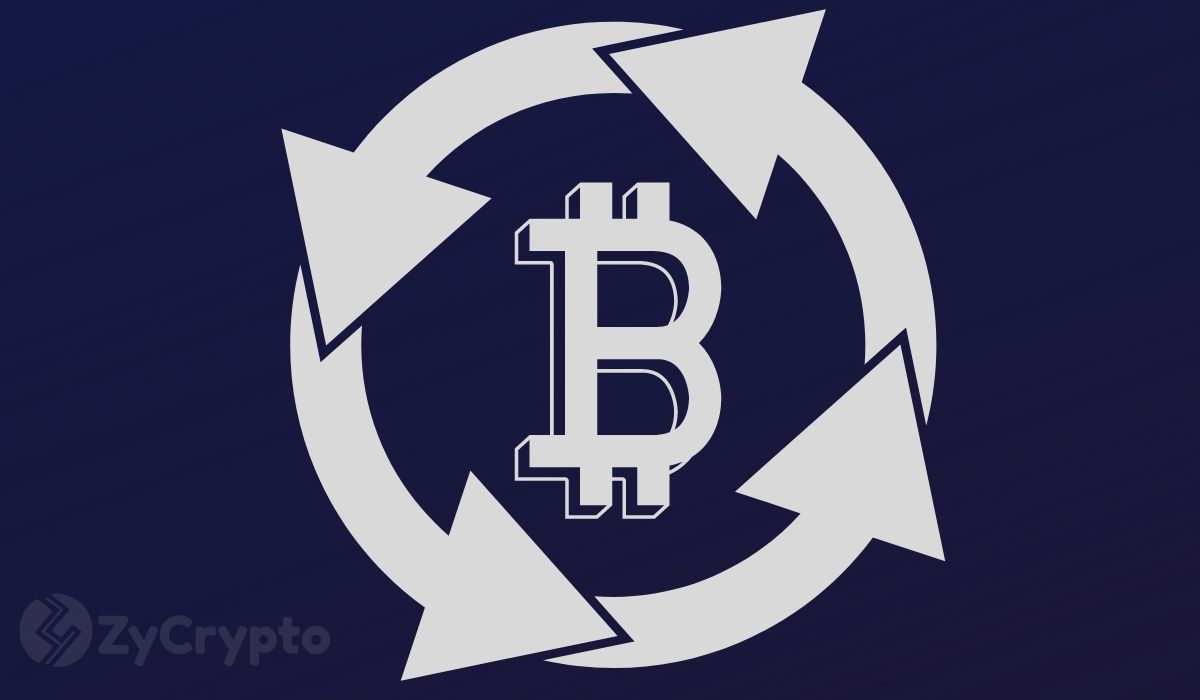At first glance, bitcoin has achieved so much in its eleven years of existence. The ICO boom at the end of 2017 was probably the biggest moment in the history of the crypto industry. Notably, there was a lot of media coverage and people all over the world got the chance to hear about bitcoin.
But to be truly ready to enter the mainstream, a new article by The Startup reveals 4 major issues that must first be addressed.
1) Increased Speed Of Transaction Confirmation
Confirmations on the bitcoin network take anywhere from minutes to hours, depending on the trading volumes. The report notes that for bitcoin to be adopted by the masses, it must be able to handle super-fast transaction confirmations. It goes on to point out that “it is unimaginable for a merchant to make a customer wait 10 minutes before the bitcoin transaction is fully validated.”
The Lightning Network, which allows the creation of micropayment channels to mitigate this challenge, has been deployed to some extent. Despite the progress so far, there is plenty of room for improvement.
2) Higher Transaction Throughput
The number of transactions that the bitcoin network can handle per second is another intimidating issue. Currently, bitcoin can handle only 7 transactions per second (TPS). This pales in comparison to centralized systems like Visa which easily handles several thousand transactions per second, with a 24,000 TPS peak capacity.
Once more, the lightning protocol will go a long way toward improving bitcoin’s TPS.
3) Reduction Of Transaction Fees For High Volumes
At the moment, the average fee for confirming a transaction is roughly $0.3. This amount does not, however, depend on the amount of bitcoin being transferred. The article notes that for bitcoin to be used by the masses as a means of payment, these fees need to reduce.
Transaction fees tend to increase with an increase in the volume of transactions. Case in point, during the 2017 bull market, transaction fees rose to as high as $34. Such high transaction fees are a major hindrance to bitcoin’s mass adoption.
4) More Decentralization Of Bitcoin Mining
The centralization of bitcoin mining also remains a concern. Presently, most of the bitcoin mining pools are located in China. For perspective, Chinese bitcoin miners control 65% of the overall bitcoin network hash rate. To add insult to injury, Bitmain alone controls most of the mining pools.
This poses a huge security risk to the bitcoin network with some speculating that Bitmain could be able to manipulate the network by taking control of more than 51% of bitcoin’s processing power. However, it would not be in Bitmain’s interest to put its reputation and income on the line.
Nonetheless, the overall good health of the bitcoin network requires more decentralization of the available hash rate.
Bottom Line
The eleven years since bitcoin’s inception have been a wild ride for most people in the crypto-verse. But within that short time, the asset has achieved a lot, even becoming the best performing asset of the last decade.
Meanwhile, bitcoin’s potential as a true medium of exchange is only beginning. Dealing with the aforementioned barriers will allow bitcoin to further set its mark in the financial industry. Once this happens, mass adoption will then follow.







